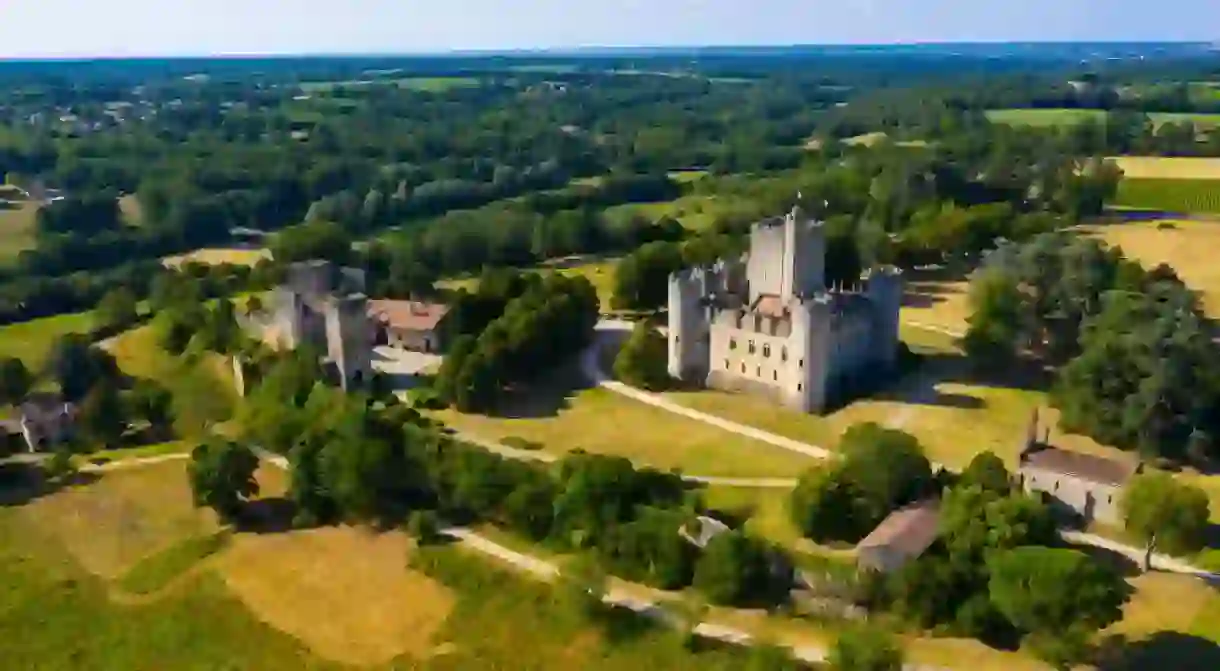The 10 Most Beautiful Castles in France

A seemingly limitless supply of picturesque castles and fortified towns with rich histories can be found scattered throughout France. As the battleground for many of Europe’s medieval wars, France also has hundreds of the continent’s most impressive and beautiful forts. Check out our guide to some of the most beautiful of these architectural marvels that are just waiting to be discovered by travelers. Take a look at our choice of the most beautiful castles in France.
Carcassonne
Historical Landmark

The beautiful hilltop town of Carcassonne is more than just a castle. The beautifully preserved medieval town is a historical gem. One of the major towns in the Languedoc region of France, Carcassone played a key role in the Albigensian Crusade in the early thirteenth century. Its tolerant attitude towards religious diversity, and its role as a haven for Cathar heretics ensured that the town was attacked by a crusader army on the orders of the pope. The location of the town remained strategically important, as it is situated in the frontier region between France and Spain. Neglected due to the long-lasting peace between France and Spain, the town was restored to its former glory in the 19th-century by Viollet-le-Duc.
Mont Saint-Michel
Monastery

Château de Chambord
Building

Palace of Versailles
Building

Château de Chenonceau
Building

Roquetaillade
Building

Château d'Angers
Building

Palace of Fontainebleau
Building

Château de Joux
Building

Castle Montrésor
Building













